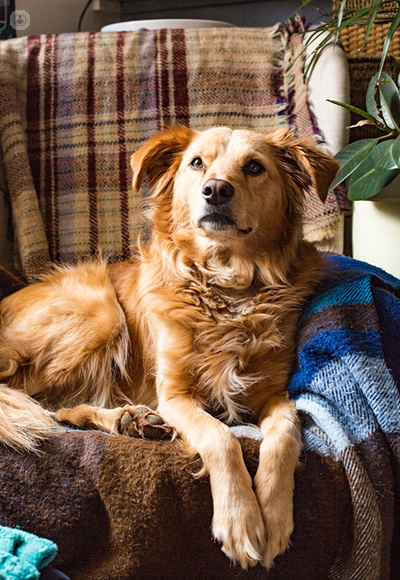Allergy to animal hair
Dr Bhupinder Singh Sihra - Allergy & immunology
Created on: 11-13-2012
Updated on: 05-23-2023
Edited by: Sophie Kennedy
What is an allergy to animal hair?
An allergy to animal hair is a fairly frequent type of allergy and is usually caused by an allergic reaction to pet dander (small particles of dry animal skin), hair, feathers, urine or saliva. These small particles linger in the air and as a result, they can cause allergic reactions by being inhaled.
Any animal with hair can trigger an allergic reaction, but the most frequent animals that trigger allergic reactions are cats, dogs and horses.

Symptoms of animal hair allergy
Symptoms of an allergy to animal hair are very similar to those of other allergies:
- Hives
- Rashes
- Conjunctivitis
- Asthma
- Rhinitis
When someone with an allergy to animal hair comes into close contact with an animal, symptoms can appear in a few minutes, meaning the cause of symptoms is easily identifiable. Other times, symptoms are not immediate and appear several hours later, meaning that the cause is not as easily identified.
When people come into contact with an animal on a daily basis, for example when living with a pet and knowingly or unknowingly being allergic to it, the bronchial tubes can gradually become inflamed and symptoms appear and disappear irregularly. Because of the inflammation brought on from the animal, the bronchi are susceptible to all kinds of stimuli such as infections, exercise and cold air, which cause symptoms and make it harder to identify the animal as the cause.
What are the causes of animal hair allergy?
Animals with hair are the most common cause, but allergy symptoms can also be caused by bird feathers and reptile scales. The allergic reaction is a result of the inhalation or contact with animal dander, hair, saliva or urine which contain allergens.
Can it be prevented?
The best way to prevent allergy symptoms is to avoid contact with an animal. When the animal is a pet, it’s advisable to remove it from the allergic person’s home. Animal dander can remain for months after the animal’s removal and it could take months for the home to be completely free of allergens.
If the animal is not removed, it’s recommended that the animal does not enter the allergic person’s room, much less sleep there. Also, it’s highly recommended that the room is well ventilated and that the animal is washed frequently.
What is the treatment?
Much like with prevention, one of the best ways to combat and treat an allergy to animal hair is to avoid direct contact with animals. The best treatment method will be provided by an allergist. Based on each individual case, they may recommend one or more of the following:
- Allergy vaccines (immunotherapy)
- Antihistamines
- Other medications that help control allergy symptoms
- Removal of the animal from the allergic person’s home


